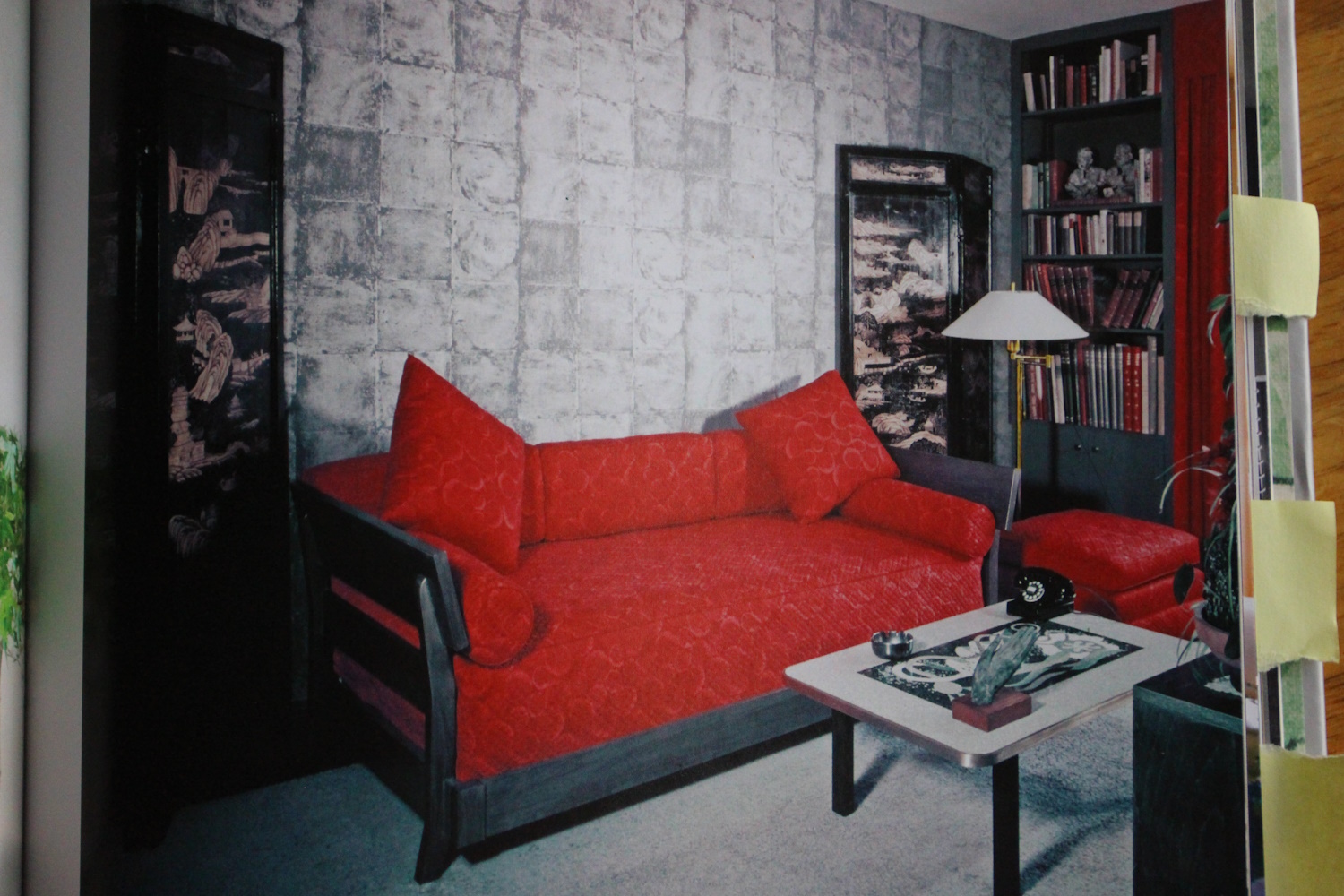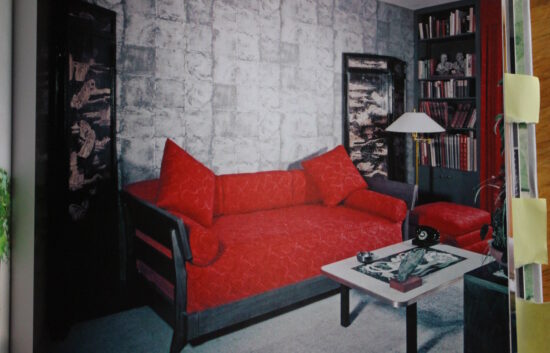Feng Shui & Battlements

Only twice have I ever been called to homes that had battlements. In each case there was much contention going on: lawsuits, etc. That’s because of the symbolism of being in battle. That was the original purpose of battlements—to allow the warriors to hide and then also fire their weapons. Battlements these days mark a home as eccentric and portend a contentious lifestyle for the occupants.
A battlement is a special kind of parapet—one with indentations at regular intervals, originally (and on through the Middle Ages) for the purpose of defense. A parapet is that part of the external wall of a building that rises about the level and eaves of the roof. A parapet roof is never a feng shui advantage, especially for free-standing homes. Those homes don’t have a roof overhang protruding over whichever side or sides the parapet is on. Roof overhangs symbolize protection in feng shui. This is a topic I cover in Feng Shui for Real Estate and also in the Buyer’s Webinar for the book.
Parapets have also been used decoratively in some church designs, but here again—that’s not good feng shui.
Leave a Comment Cancel Comment
Related Posts
Feng Shui, Real Books & Frances Elkins
Feng Shui & Prayer Flags
Feng Shui & Dim Lighting
Recent Posts
Three Famous Gay Men from Huntsville, Alabama

My Youtube Feng Shui Channel





